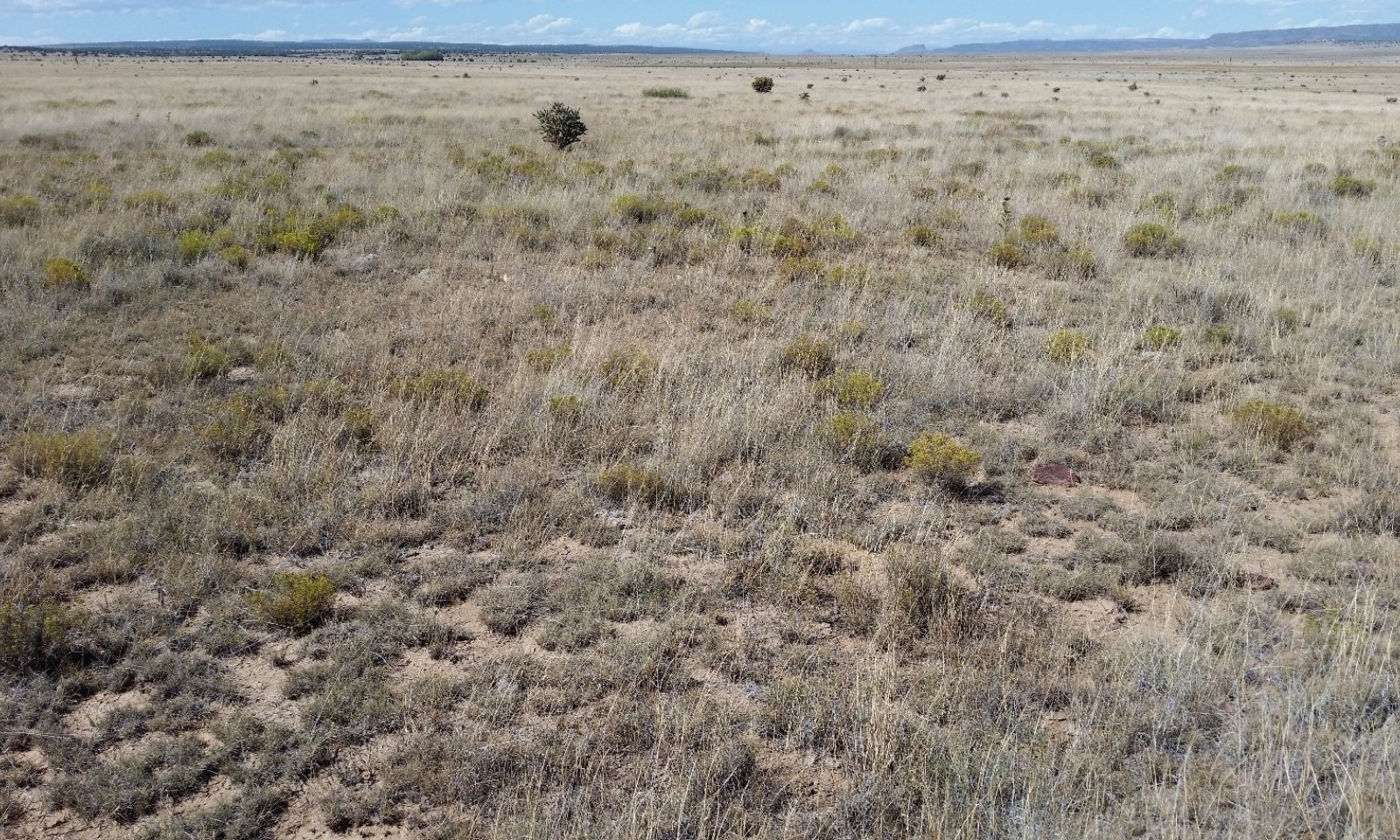
Loamy Uplands
Scenario model
Current ecosystem state
Select a state
Management practices/drivers
Select a transition or restoration pathway
- Transition T1A More details
- Restoration pathway R2A More details
-
No transition or restoration pathway between the selected states has been described
Target ecosystem state
Select a state
Description
This represents hypothesized conditions based on our observations and literature review. All observations made during the reconnaissance phase of this project appear to reflect degraded conditions—where significant topsoil loss has occurred, and most late-seral grass species have been extirpated.
Submodel
State 2
Degraded State




Submodel
Mechanism
Slow variables: An extended period of season-long grazing, providing little rest and recovery for preferred grazed plants during critical growing periods, coupled with high utilization. The loss of herbaceous plant production leads to decreases in total canopy cover, and reductions in the thickness of topsoil and its organic matter concentration. The result is an increase in the rate of wind and water erosion—leading to the loss of topsoil and an associated decrease in available water and nutrients. Trigger event: A severe drought kills already-weakened perennial grasses, resulting in a major loss in canopy cover. This, in turn, accelerates erosion. Threshold: The vigor and cover of perennial grasses is reduced to a point at which perennial grasses die and soil surfaces become highly susceptible to erosion. One or both of the following grasses are extirpated: little bluestem and/or wolfstail.
Mechanism
Since State 1 is hypothetical, so are the means by which it could be re-established. These methods may vary. However, the result must ne the re-establishment of extirpated late-seral grasses and the restoration of topsoil. Thus, this would require a long-term approach and significant energy inputs.
Model keys
Briefcase
Add ecological sites and Major Land Resource Areas to your briefcase by clicking on the briefcase (![]() ) icon wherever it occurs. Drag and drop items to reorder. Cookies are used to store briefcase items between browsing sessions. Because of this, the number of items that can be added to your briefcase is limited, and briefcase items added on one device and browser cannot be accessed from another device or browser. Users who do not wish to place cookies on their devices should not use the briefcase tool. Briefcase cookies serve no other purpose than described here and are deleted whenever browsing history is cleared.
) icon wherever it occurs. Drag and drop items to reorder. Cookies are used to store briefcase items between browsing sessions. Because of this, the number of items that can be added to your briefcase is limited, and briefcase items added on one device and browser cannot be accessed from another device or browser. Users who do not wish to place cookies on their devices should not use the briefcase tool. Briefcase cookies serve no other purpose than described here and are deleted whenever browsing history is cleared.
Ecological sites
Major Land Resource Areas
The Ecosystem Dynamics Interpretive Tool is an information system framework developed by the USDA-ARS Jornada Experimental Range, USDA Natural Resources Conservation Service, and New Mexico State University.
